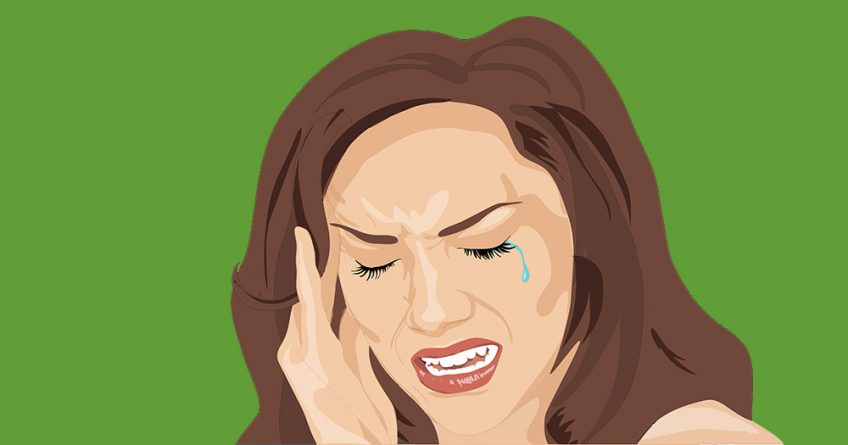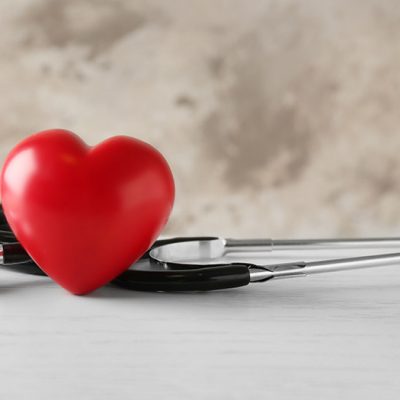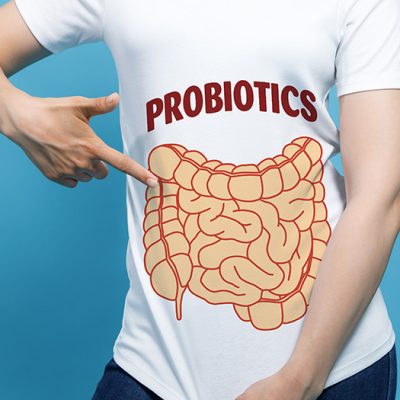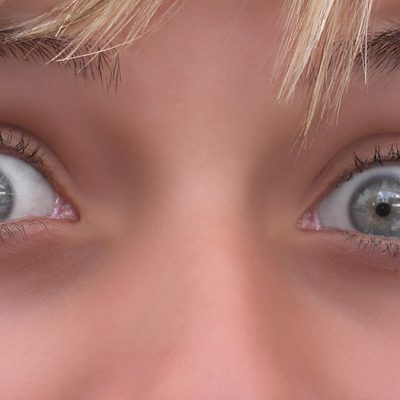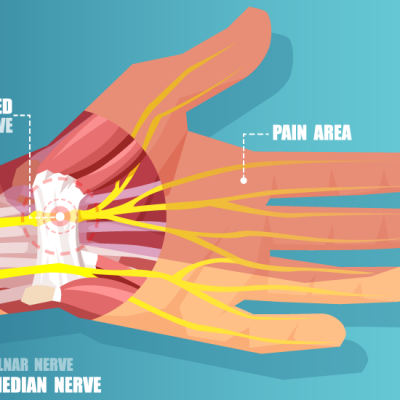People often mistake tension headaches for migraines. Understanding the difference between the two types of headache matters. You want to apply the right prevention methods and treatment.
Migraine Vs Tension Headache
Very often patients come into the office and tell me they have a “migraine headache”. A migraine headache is a very specific type of headache, and the term is most often used incorrectly to refer to a severe headache.
Probably the most common headache, and the one we will be discussing, is called a “tension-type headache”. Tension headaches usually are not associated with classical migraine headache symptoms such as nausea, vomiting, increased pain with physical exertion, and light or noise do not generally affect the headache.
About Tension Headaches
As many as 80% of women and 69% of men experience a tension-type headache in their lifetime. As the name implies, tension-type headaches may be directly attributed to tension or stress. It is no wonder that this type is the most common type of headache.
Tension headaches generally refer to a condition characterized by bilateral (both sides of the head) mild to moderate pain, and pressure often described as wearing “a vice around my head”.
Cost of Tension-Type Headaches
Because of its high prevalence, tension-type headaches has greater socioeconomic impact than any other headache type. For every 1000 people, about 820 annual work days are lost on account of tension-type headaches, versus 270 days for migraine headache.
The reduced productivity of those who remain at work, despite the headache, has an even greater impact! Tension-type headaches have a negative effect on one’s emotional life, resulting in marked reduction in quality of life and frequently on social and family activities.
The famous line: “not tonight dear, I have a headache” might be an example of the impact a headache has on an individual.
Treatment for Tension Headaches
Treatment for tension-type headache must be individualised. Pharmacologic treatment might include:
- simple analgesics
- simple analgesics with caffeine
- non-steroidal anti-inflammatory medications, such as aspirin and Ibuprofen
- muscle relaxants, in combination with, or without, any of the above medications.
Non-pharmacologic treatments include:
A. Regulation of lifestyle
- maintain a regular sleep schedule
- eat 3 meals at the same time each day
- exercise regularly
- avoid any known dietary triggers.
B. Minimise emotional stressors
- plan ahead to avoid stressful situations
- devote quality time for relaxation each day
- learn how to meditate!
C. Avoid environmental triggers
- wear sunglasses
- avoid smoke, perfumes, strong odors and loud noises
- avoid traffic whenever possible.
D. Other important factors
- a comfortable work area
- good posture
If you work at a desk, or a computer, take frequent breaks, stand up and move about, turn your head from side to side, look around the room, roll your shoulders. Do whatever you can to try to avoid an uncomfortable position.
If you suffer from tension-type headaches, please try to reduce the stress in your life. I know this is easier said than done! If your job is terribly stressful, consider looking for another place of employment. If your personal world is stressful, schedule time into your day in order to relax. In the long run you will be physically, and mentally, healthier.
If you are in a relationship that is causing you undue stress, you must work it out; consider individual, or couples therapy. Remember, if you are stressed to the point of headaches, your partner is probably not very happy with the status-quo either!

